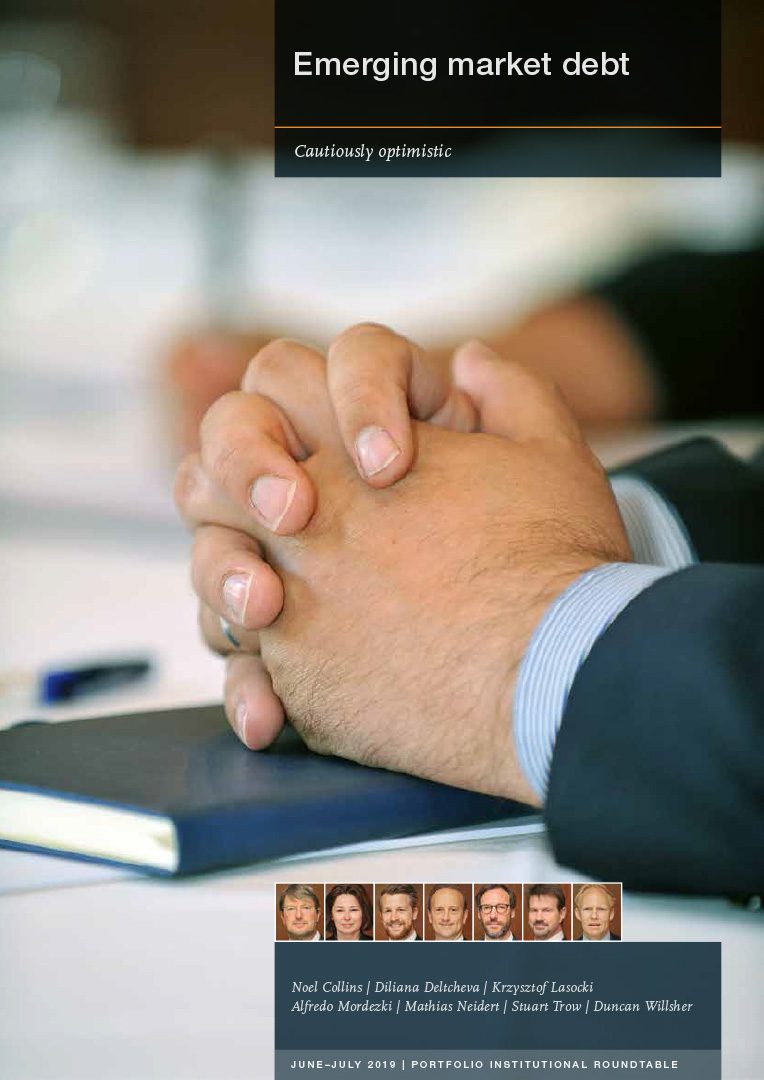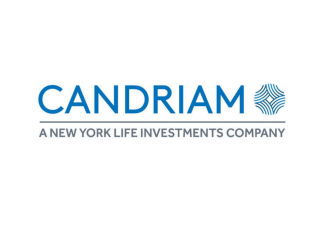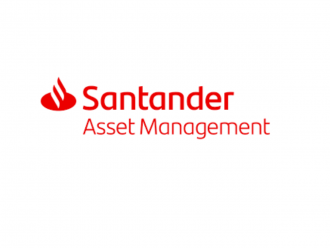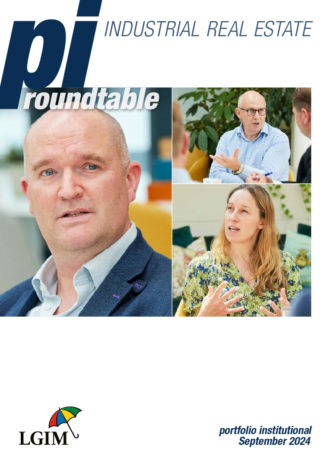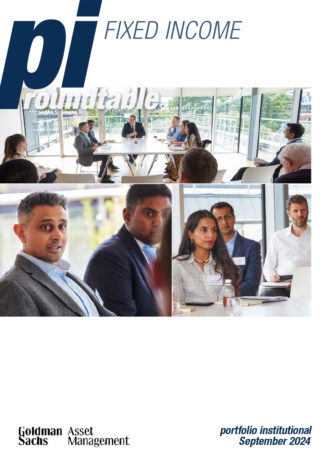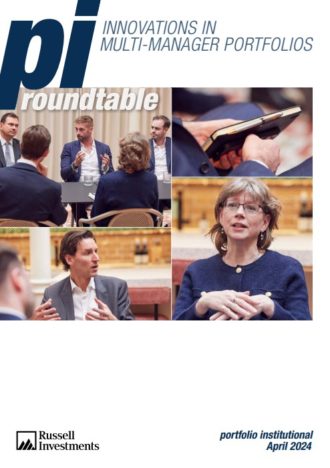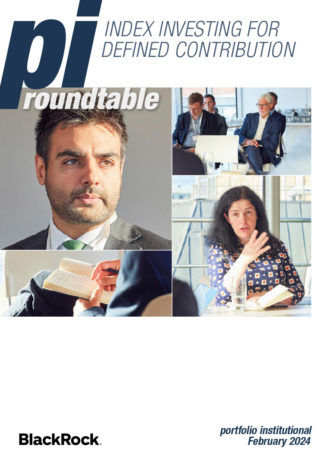Portfolio Institutional: Capital has flown back into emerging market debt this year, but is this recovery sustainable?
Stuart Trow: Taking monetary tightening off the table has been good news. Generally, emerging market debt thrives in lower for longer scenarios. It’s an old argument but it still carries some weight.
Mathias Neidert: I have to add the usual disclaimer. We are dealing with emerging market debt, which is considered a risk asset class so there is no free lunch. Sustainable or not, the recovery will be followed at some point by a correction. Oil, geopolitical developments, US monetary policy and elections may trigger that. So volatility should be expected from this market as well as great returns.
Krzysztof Lasocki: Fundamentals, broadly speaking, have improved since last year. Many countries’ trade balance improved, even in Argentina and Turkey. There are reasons to be cautiously optimistic for the future. We shouldn’t have interference from the US in terms of monetary tightening or rate hikes. There are reasons to believe that the dollar could have reached its peak, so that’s good news for currencies. Spreads are attractively priced as well.
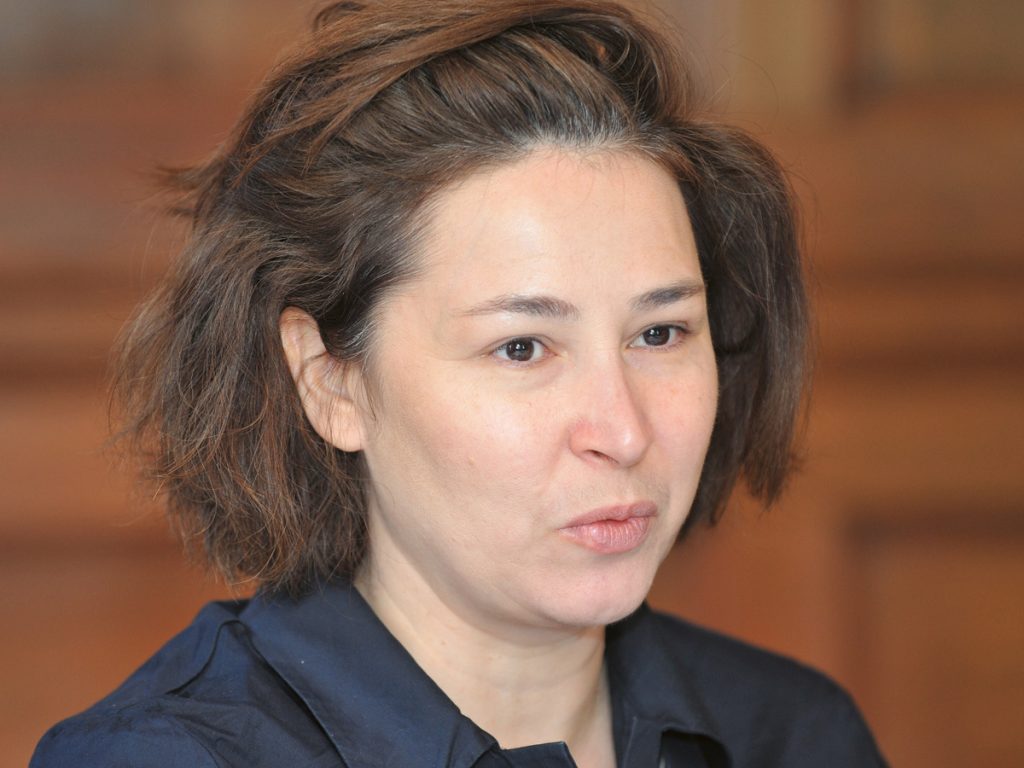
“If you think about the asset class’ drivers in terms of interest rate and credit risk, we don’t see many countries defaulting.”
Diliana Deltcheva, Candriam
Noel Collins: There is still a picture across emerging markets of higher growth that’s more sustained. There are good valuations and a decent economic backdrop.
The main risk is probably China. If it is slowing down there will be an impact on emerging market debt. On a three-to-five-year horizon, most investors can look forward to capturing a return, but there will be volatility. We will have periods like the second quarter of last year when things dropped for a few months because investors got nervous, particularly after reading idiosyncratic headlines.
Diliana Deltcheva: We have to differentiate between hard currency and local currency. We expect flat EM FX returns at best. EM FX is driven by emerging and developed market growth pressure, which has been disappointing on a medium-term horizon and is unlikely to improve with trade tensions rising.
If trade war risks subside this year we might get a short-term spike, but longer term there is no consensus within the Democratic or Republican parties to deal with China and its position in the world. So we are concerned about trade tariffs and the decline in global trade for emerging market and emerging market currencies particularly, but emerging market fundamentals generally are relatively strong. Argentina and Turkey have had their issues but are on the mend. We don’t foresee many defaults.
Alfredo Mordezki: We also need to distinguish between the macro and micro levels in terms of fundamentals and performance. In Latin America, it is the macro level that has been disappointing. In Brazil we have seen several downward revisions of GDP expectations.
At the same time, from a fundamental level, companies have significantly strengthened their balance sheets by downsizing their capital expenditure as well as being more efficient on their operational costs. For example, Petrobras was struggling for four years but is currently in a strong position. What we are probably going to see in the coming years is a low growth environment on the macro side, but companies are a good credit investment because they will show a strong capacity to generate cash-flows.
PI: Argentina has been mentioned a few times. As the Latin America expert here, Alfredo, what is your assessment of it as a credit risk?
Mordezki: We see companies in Argentina doing well but in a more uncertain environment. This is not only when considering the potential outcome of the political process but also the regulatory environment. We should consider not only who will win the presidential elections but what the new president will find when starting the presidential mandate.
Through the years the idea of political risk has changed significantly. We changed our focus, from a concept around expropriation risk to a concept of governability. What happens after the election? Will the elected congress be able to deliver reforms? We saw this in countries where the reform candidate won the election but was unable to pass any single significant law. We saw this in Peru and Brazil.
PI: What EM countries are investors gravitating towards?
Deltcheva: Until a month or two ago we had significant positions in some African countries, especially those that are improving structurally. Angola is an example. It is in an IMF programme that seems to be on track, it is reducing the national debt and is trying to bring transparency to its relationship with China.
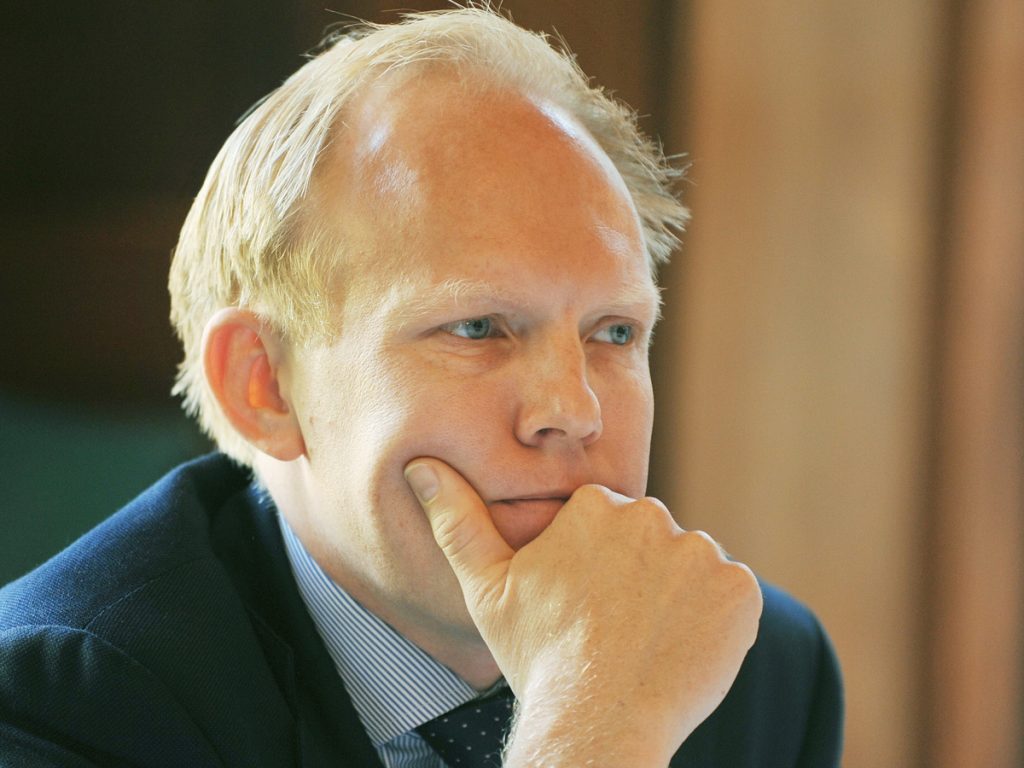
“The story we have been talking about today is positive, but if supply doesn’t change then it’s not as good a story as it might otherwise be.”
Duncan Willsher, 20-20 Trustees
We have positions in Nigeria and Kenya, but have taken profits in some investments in those countries after valuations improved. We also like Bahrain and Qatar, which are now included in the traditional benchmark indices that most investors follow.
In general, we like countries that are in IMF programmes and are improving structurally like Ecuador, Egypt and Ukraine. We are involved with Argentina from a valuation perspective.
There are enough good stories in emerging markets and not only in the higher-yielding space. We are always looking to optimise and capture some of the changes in risk premium or dynamics. Brazil is becoming more efficient, the central bank is no longer the only provider of credit for the economy. We are cautiously optimistic.
Trow: It would be great if Turkey could only do the right thing for five minutes. If you had a 20% to 25% yield you would ride it home all day long, but every time Turkey gets past elections and has just about stabilised one of the biggest trading opportunities is still too rich for most people.
Lasocki: On a short-to-mid-term perspective, Russia could be interesting, even though it isn’t attractively priced.
Political risk has not been priced in because if Russia could resist the temptation to keep interfering in Ukraine it’s a good turnaround story. From a central bank perspective, it’s been managed extremely well.
Ironically, the previous rounds of sanctions forced Russia to become less dependent on international investors, which improved the way it managed its books. Not to forget that we have oil prices running 30% up this year, still slightly lower than a year ago but there are reasons to believe that around $70 (£56) per barrel is okay for the Russian economy and is going to be sustainable for a while.
The key question with Russia is whether there will be further sanctions and further tensions in Ukraine.
Collins: Looking at client portfolios, it is difficult to identify persistent country positioning, but Ukraine and Argentina are countries where people are generally positive. You can play the Turkey story either short term or long term. As the yield moves, some people will decide it’s worth it while some will prefer to stay away.
African and frontier countries are coming in more and more. People are gravitating away from Asia, which tends to have lower yields. The technology/China connection is strong there, so if there’s a problem it might be the worst area to be affected.
PI: Is political risk being priced in?
Collins: It is reasonably priced. It will always be a little bit binary in some cases but, barring the situations that become outliers, countries tend to get through these things.
Developed market countries are not free of political risk either and, arguably, it’s much less priced-in there. You could say the overall yields are fair value for the level of risk and uncertainty. Take Ukraine, some of the more unpalatable outcomes were never removed but they didn’t come out of the elections. Clearly, you have to manage that risk, it doesn’t go away, and you may well be paid for it, particularly if you can manage it and clearly identify the different situations with a degree of accuracy.
Deltcheva: We have put Russia aside. The risk premium is low relative to the elevated political/sanctions risks. There are four bills in the US congress and if one becomes a reality there is a huge risk of a significant re-pricing of Russian assets.
When Russia went to war with Ukraine, its central bank had to use reserves to relieve the pressure on its currency. It also had to allow sovereign bonds to be used as collateral, so a lot of outstanding bonds are now in Russia’s central bank’s coffers. This is a specific technical issue that is not obvious in other markets.
Duncan Willsher: Out of curiosity, has there been a time in the recent past where we haven’t been cautiously optimistic?
Mordezki: Many times. In 2015 when commodities were plunging everybody was writing about it being the end of the emerging market debt story, but four years later we are still discussing it as an opportunity.
Willsher: As an investor with a diverse portfolio, I struggle to get excited about emerging market debt given the volatility and the other opportunities that are out there. On the way here I read various outlooks for 2018 and, in retrospect, some of them look quite silly. It feels like there’s always a nice growth story about emerging markets, people are invariably aware of the risks and are cautiously optimistic, but in reality what happens after that is a bit of a free-for-all.
Trow: The backdrop again is the monetary cycle, if you are looking at it generally. We have had a 10year bull market since it all went pear-shaped in the financial crisis. Over that period people’s default option will have been to be mildly constructive on emerging markets but whenever that cycle threatens to turn, as we saw last year, emerging markets react more severely than developed ones to the prospect of tightened monetary policy. To have always been saying that we are mildly constructive about 2016, 2017 or 2018 is because we have had a constructive monetary backdrop.
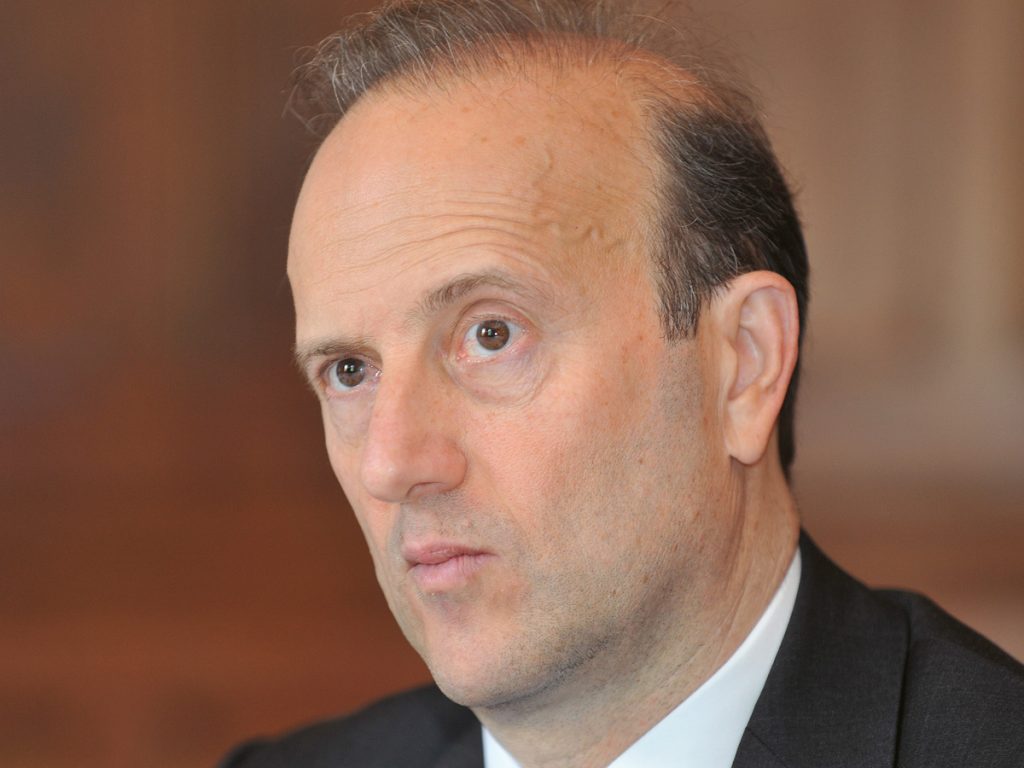
“I felt optimistic at the beginning of the year as a result of the valuations and fundamentals. Indeed, this could hopefully be another year of two-digit returns on credit.”
Alfredo Mordezki, Santander Asset Management
Neidert: Cautious optimism is the standard stance of investment managers. It is the shorter definition of their job; if they were not optimistic they would not do it. They have to be cautious because their job is about identifying and managing risk.
It is easy to say that following a correction valuations are in a better place than they were 12 months before and therefore optimism is justified.
Collins: There is a persistency of a more positive emerging market debt story. There are two angles in relation to that. One is that managers have a bias and tend to be long the market. So there’s an issue in the industry where managers need to be more two-way in their positioning. Some are doing that and doing a good job, but they are the minority. The other point is that a lot of the factors underpinning a positive view are long term. We always hear that emerging market growth will be higher than in developed markets. That ebbs and flows and narrows and widens but it’s a persistent pattern that emerging markets are always higher than developed markets by a decent margin.
Demographics and that these countries are not particularly indebted compared to their developed market peers underpins the general view that “we are cautiously optimistic”.
People don’t tend to see the drops. The drops can be flow-driven or idiosyncratic exogenous events, which, of course, are hard to predict. In most cases, the drops are generally recovered and the persistent cautiously optimistic view has been rewarded because defaults are low in this asset class.
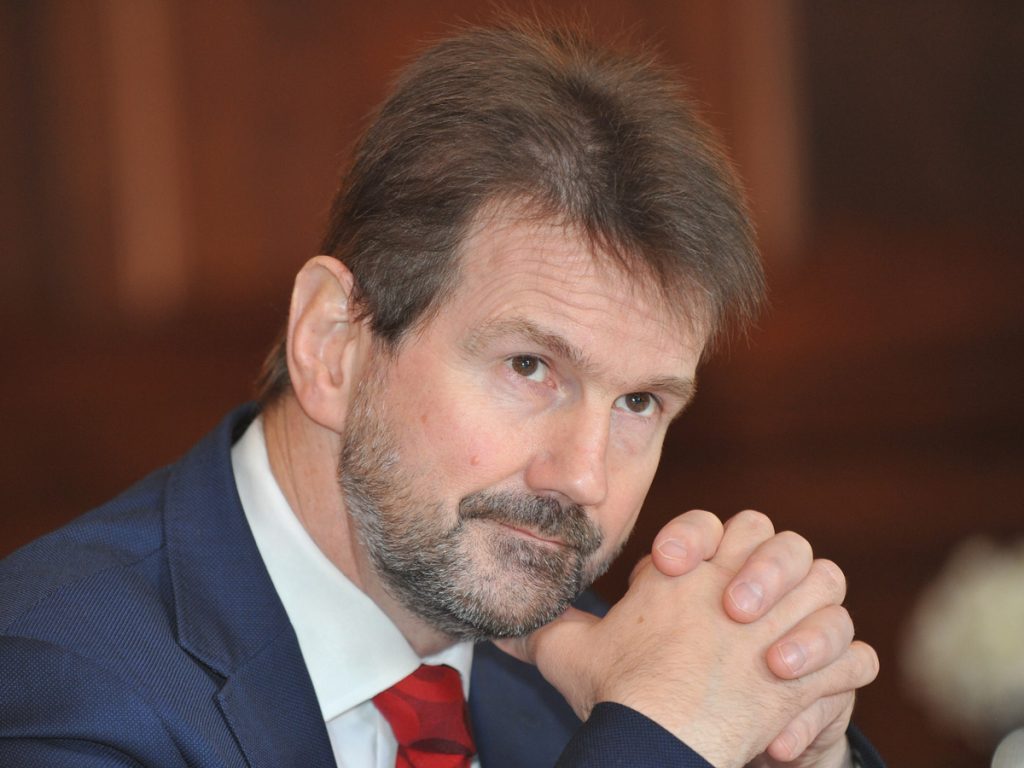
“A slowdown in global trade growth will start to impact everybody, not just emerging markets.”
Stuart Trow, European Bank for Reconstruction and Development
Deltcheva: The asset class is quite reasonably diversified. We are not talking about 16 countries as we were 20 years ago; we are talking about 80. These days you not only have benchmark funds offering exposure to the pure strategies of hard currency or local currency, but short-duration funds that limit interest rate, liquidity or credit risk.
In general, it has been a traumatising period for asset managers. Since 2008, investment horizons have shortened and asset managers have been forced to change their investment style to be more active.
We are in a new normal environment so managers have to capture the macro trends that may be driving the asset class. In that respect, we are optimistic. Our experience is that you could use derivatives in certain parts of the hard currency with reasonable success in protecting against market downside.
Collins: A lot more clients are allocated to emerging market debt, but there’s a lot of dry powder because they are generally underweight. In the past couple of years, clients have become more tolerant of the volatility. When the market fell between 2013 and 2015 they grumbled across the table at you saying: “This was a terrible decision, what are we doing here?” They were thinking of leaving the asset class, but now they have grown used to the fact that this will happen and asset prices will hopefully recover.
What is happening more and more is that they are phasing in their investments, so when there is a bad quarter they do a second tranche. They are using declines in the market to build up their exposure to a slightly higher target level. So there’s been a change in client mentality and comfort with the asset class and at a general level that should bode well for it over time.
Lasocki: You have touched on an important point, which is the way to access this debt. From a large institutional investor’s perspective, it’s a long-term game so it’s critical to be flexible, to switch dynamically between the micro and macro side. You have to balance your views between local and hard currency, between high yields and investment grade.
I would never invest passively in emerging markets. This is an area where good active, benchmark agnostic managers can add value.
I would not invest in a benchmark-driven fund because I couldn’t hedge my negative currency exposure. It is important to be able to hedge, to go off-benchmark. One example is Ukraine. You wouldn’t bet your fortune on Ukraine but there are off-benchmark instruments, like GDP bank warrants, which are attractively priced and have good potential. So it’s critical to find investment managers who are able to identify unique opportunities, particularly if we are cautiously optimistic, not just outright optimistic.
PI: What elements do you look for when picking an active manager?
Lasocki: It is important to find the right balance between having dozens of people in every part of the world and taking sometimes risky and less informed decisions. One of the most efficient ways to invest in emerging market debt is through an unconstrained diversified strategy. I wouldn’t necessarily go local currency long only just because it’s attractively priced. It might be a value trap, and in many cases it is. Conversely, in some countries the macro-economic outlook isn’t favourable but at the corporate level there are exciting developments.

PI: Is everyone else investing actively in emerging markets?
Mordezki: It seems to be the case in Latin America. Passive investment has the potential to deliver unwanted results. If you have two companies and one has deleveraged significantly while the other has been running out of control, the benchmark will put more weight on the bad performer, the one that has more outstanding debt.
Neidert: There are passive products for hard currency and local currency. There is one main index provider for the asset class and they address this market capitalisation issue by offering diversified indices that iron out the differences in outstanding debt.
Yet there is the issue common to passive investing in credit where there is less liquidity than equities. As a result, it’s a challenge for passive investors to match the benchmark. Historically, there is a consistent under-performance that is relatively light, but means that they struggled to make up for their fees and for the transaction cost of replicating the benchmark.
There is tremendous potential for out-performance within emerging markets as it is such a diverse asset class.
Collins: The discussion on passive is important. It is more difficult to do passive in emerging market debt than in many other fixed income spaces. In particular, in local currency you have a tax drag of up to 20 basis points. That is an unavoidable hurdle. It is something that active managers, who may be always critiqued against ordinary benchmarks, are burying silently.
The other point is that FX is hard to trade in many emerging market countries in terms of having settlements and counterparties. You could argue that that’s not necessarily a drag upfront because if you have to take two days to settle you could win or lose as the FX moves, but it certainly pushes out tracking errors. On the passive side you are almost definitely going to be behind the benchmark and going to have a larger tracking error than you would expect in fixed income. So those are significant headwinds. Emerging market debt is an alpha-rich territory. It has idiosyncratic fees, but the alpha story probably hasn’t been as good. This comes back a little to the slightly biased long positioning against managers in general. They tend to give away alpha when the markets go down and we know that emerging market debt goes up and it goes down so they need to be a little bit more two-way in their thinking.
The active story is still valid. Our value-add numbers support that, but the quantum of value-add is less than one would like. It is maybe zoning in around 50 basis points rather than 100 to 150, so it is coming in lower than managers’ stated targets. If they become more two-way in nature they can have a better chance of hitting the higher target.
Passive is eating some of the cake and managers are lowering their fees as there has been a lot of pressure. You cannot have too much of this because it is a resource-heavy business, so you could have a race to the bottom which means not-fit-for-purpose products. There has to be a certain amount of competitiveness between managers but if you go too far they can’t do their job.
Willsher: This is an asset class where I would put some of my money to work with an active manager. There aren’t many other areas where you could save fees but it is important that you have regional exposure. You don’t get the same stories that you do if you are just sitting in your office in New York or London as opposed to being on the ground. I am not expecting someone behind a desk in 80 countries, but a regional presence is incredibly important. I would pay more for that manager, knowing that they have the resources.
Lasocki: It’s my fiduciary duty to negotiate the best deal with a manager on fees, but it’s also important to have a manager who’s incentivised to protect the investment.
It is not always that what’s more expensive is better, but this is one area where you should be prepared to pay a bit more for an active, prudent manager. You don’t eat lower fees, you eat higher returns.
PI: How do you manage currency risk in an active portfolio?
Lasocki: It’s an important consideration. We all know that currency drives pretty much everything in emerging market debt. It is a difficult topic. On the one hand you want to have some emerging market exposure, but it’s not prudent to leave your currency positions totally un-hedged.
Having said that, there are many ways you can hedge your currency exposure and, given the sometimes elevated cost of straight hedging, alternative ways should be considered.

“I would never invest passively in emerging markets. This is an area where good active, benchmark agnostic managers can add value.”
Krzysztof Lasocki, Royal Mail Pension Plan
PI: Such as?
Lasocki: You can engage in derivatives, which would hedge you from less obvious angles that are indirectly affected by currency fluctuations.
Then there is soft hedging, where you look at the currency risk exposure of the countries you invest in. So here you are indirectly protected from adverse currency fluctuations, which might impact those countries and conversely your investments.
Mordezki: Even if you go for a hard currency option you are still holding credit risk that is related to local currency movements, especially when a company you have invested in has revenues denominated in local currency. Now, this ‘balance sheet mismatch’ or ‘income statement mismatch’ has been shrinking significantly – we saw that in the absence of defaults following substantial devaluations in many countries – because currency derivatives have evolved for companies and issuers, allowing them to hedge in a way that was not present 20 years ago.
We can see a deeper, much less expensive and longer maturity market developing in Brazil, for instance. I am not saying that credit risk related to currency disappears. It is part of the investment landscape and your investment may be affected by it, but it will not lead to default as was the case 20 years ago.
Companies can compare local and international markets more efficiently than they could have 15 years ago. They are able to tap the less expensive one and then hedge into their desired currency exposure.
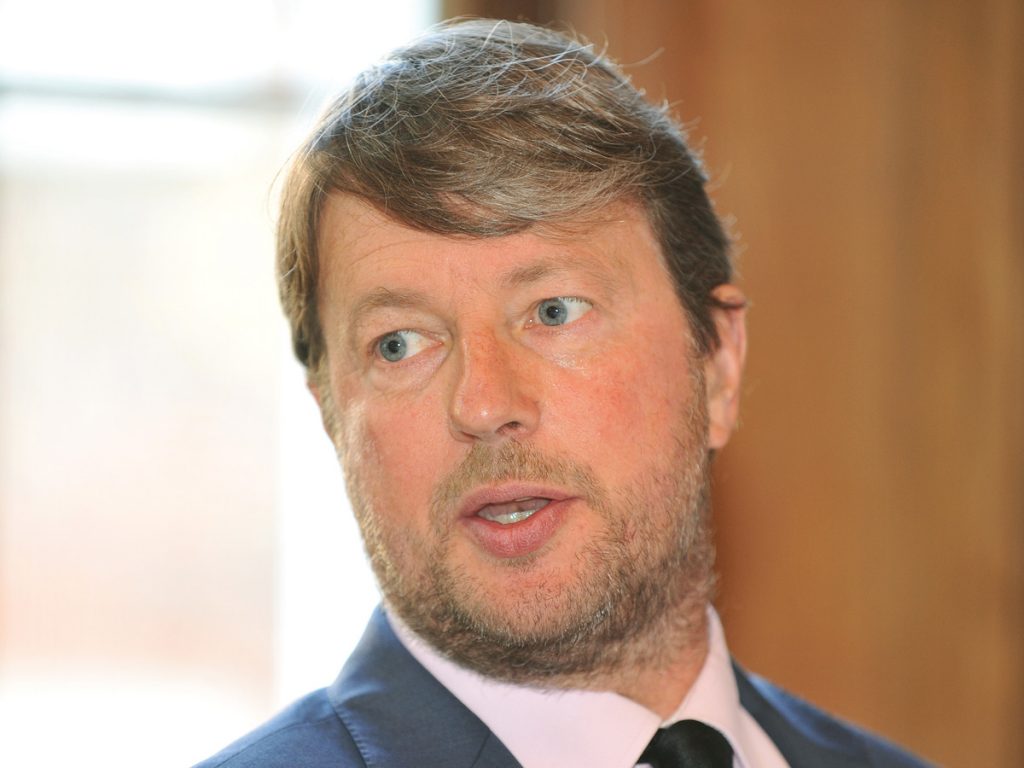
“Developed market countries are not free of political risk either and, arguably, it’s much less priced-in there.”
Noel Collins, Mercer
Deltcheva: Active managers don’t invest only in benchmark emerging market debt local currency assets and we have developed specific processes that manage currency and interest rate risks. Currency risk is managed actively, but it is extremely challenging because macro-economic models do not work as well as they have done in the past.
Collins: For local currency debt, FX volatility is an inherent part of the risk profile. It has twice the volatility of hard currency debt, so if you don’t have tolerance for that you could hedge the FX, but that tends to be expensive. So you could simply go for hard currency. You are going to have to hedge high yield as well as a global loan portfolio, which are US-heavy asset classes.
You could have emerging market debt without direct FX exposure. Clearly, there would be stuff going on underneath because every country will be impacted in terms of their ability to repay debt and by how their currencies behave. In terms of accessing the class, you can hold hard currency and not have dayto-day local currency exposure but it comes at a price of a lower-yield outcome when you hedge it back to your base currency.
PI: Are governance standards in emerging markets improving?
Deltcheva: Definitely. Think of all the Eastern European countries that are part of the European Union. They have to adopt laws and regulations, so if they want to issue debt they have to expose themselves to higher transparency standards.
I don’t know of many countries that have not built or are building relationships with the World Bank or IMF, which includes conforming with higher data dissemination and data quality standards, in the 15 years I have been involved with emerging market debt.
There is a definite improvement in the data being published; even small countries are catching up. To get market access you need a certain level of credibility and data standards otherwise you do not attract the investment. The emerging market debt universe has expanded quite substantially, not only in the sovereign space but for corporates as well with more than 600 companies.
It is challenging to follow Chinese companies due to limited disclosure and transparency issues. More companies have set up access through Hong Kong and Singapore as well as in China itself, which will probably get this grey area to improve.
We have better data and we have better compliance. You should not allow stories like Turkey or Russia meddling in international affairs to cloud the emerging market debt asset class’ structural improvements over the past few years.
Willsher: My understanding is that supply is generally down. The story we have been talking about today is positive, but if supply doesn’t change then it’s not as good a story as it might otherwise be.
Deltcheva: To me governance improvements are correlated with basic structural reforms, GDP per capita growth, the pace and extent of a country’s productivity improvements that drive risk premium.
Improving social and governance indicators allow countries to not only issue sovereign but quasi-sovereign corporate debt, so that improvement usually means more supply. Structural reforms take time though. It doesn’t happen in a year or two.
Mordezki: There is a technical issue on the corporate side, specifically in Latin America. Bonds net supply: if you compare gross issuance with internally generated cash-flows – coupons, amortisations, calls and tenders – you have negative net supply for the third year in a row at between $40bn (£31.9bn) and $50bn (£39.9bn) in the corporate landscape, which is significant.
Today’s headlines report on the expansion of emerging market debt. They point out that there may be a bubble in the corporate market, but this is not necessarily true for the region. This is much more Asia related: if you look at Latin American corporates, net supply has shrank significantly.
Deltcheva: Russia has had to deleverage, so there has been net-negative supply for a fifth successive year. Latin America’s going through the same cycle. In Brazil, for example, there is not the same demand for credit as there once was. Argentina, to a certain extent, is shrinking as well. It’s more of a cyclical issue than anything else.
Collins: There is a narrative of the markets getting bigger and expanding and it’s great that managers can take on more assets. The size of the market is $24trn (£19.1trn), but the indices amount to around $8trn (£6.3trn) so perhaps that’s the real playing field because a ton of that $24trn is China and India, which you cannot really access. It is not a one-way street and people should be aware of that.
Willsher: There’s lots of positivity around and maybe I’m a contrarian, but it just makes me slightly nervous, that’s all.
PI: What are you expecting to see in this space during the second half of the year?
Mordezki: Latin America had an extremely good first half of the year, with returns over 10%. As a result of a difficult 2018, we started the year with attractive valuations. The change in stance at the Fed was an obvious push on the Latin American asset classes which were already cheaply priced.
I felt optimistic at the beginning of the year as a result of the valuations and fundamentals. Indeed, this could hopefully be another year of two-digit returns on credit.
Trow: Short-term it looks quite constructive. My concern is that in the longer term, wherever we arrive at in the trade talks, the damage has been done.
It’s nice to go to emerging markets so that you don’t talk about Brexit but corporates are stockpiling for it.
Given the global trade backdrop, we will come to a situation where people think: “Well, we involve a dozen countries in building this product; maybe I should only have six or seven.” So they will want to sure up their supply chain, even if that means on-boarding a bit more cost.
That is perhaps what the narrative is going to be towards the back-end of the year. A slowdown in global trade growth will start to impact everybody, not just emerging markets.
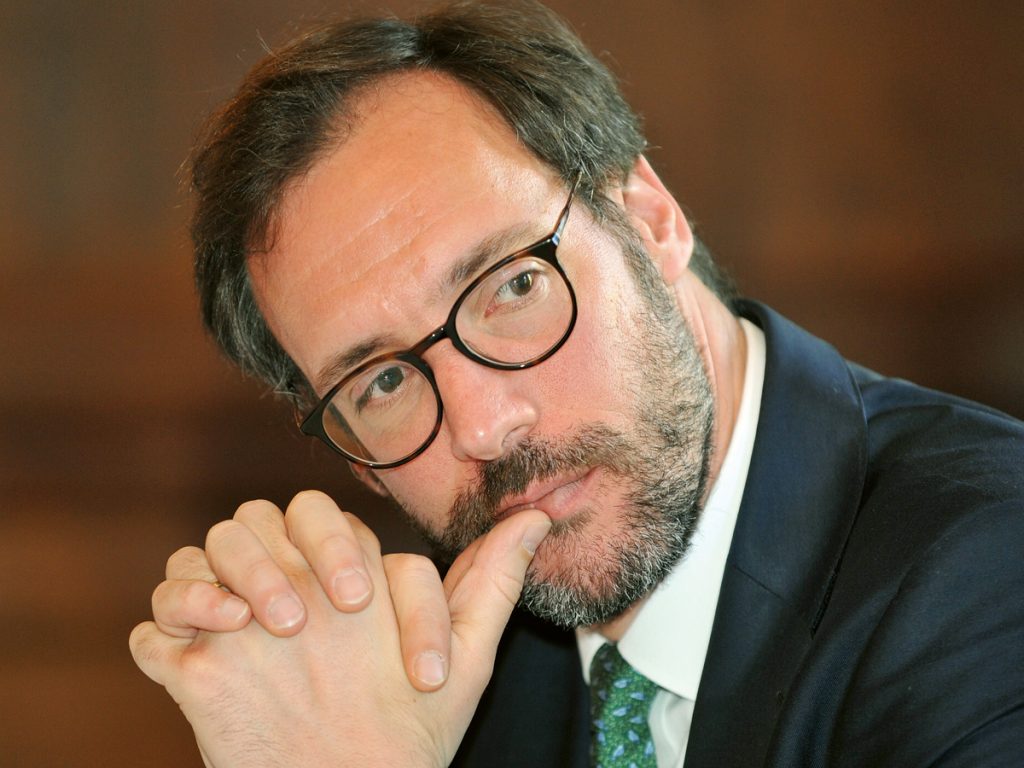
“There is tremendous potential for out-performance within emerging markets as it is such a diverse asset class.”
Mathias Neidert, bfinance
Deltcheva: Hard and local currency yields are about 6%. If you think about the asset class’ drivers in terms of interest rate and credit risk, we don’t see many countries defaulting.
Ultimately, on trade wars, we are hopeful that market corrections will limit the amount of sharp language on both sides. That’s the environment we expect to give us double-digit returns from hard currency.
Hopefully, if global growth recovers, we will get something similar for local currency debt.
Willsher: Nothing I have heard today has changed my stance, which is that I am happy holding a modest allocation to emerging market debt as a diversifier.
Fundamentals and pricing helps, but they are not material drivers. It doesn’t feel like market dislocation is big enough to make a push for it right now. It just remains a sensible thing to have within a broader portfolio.

